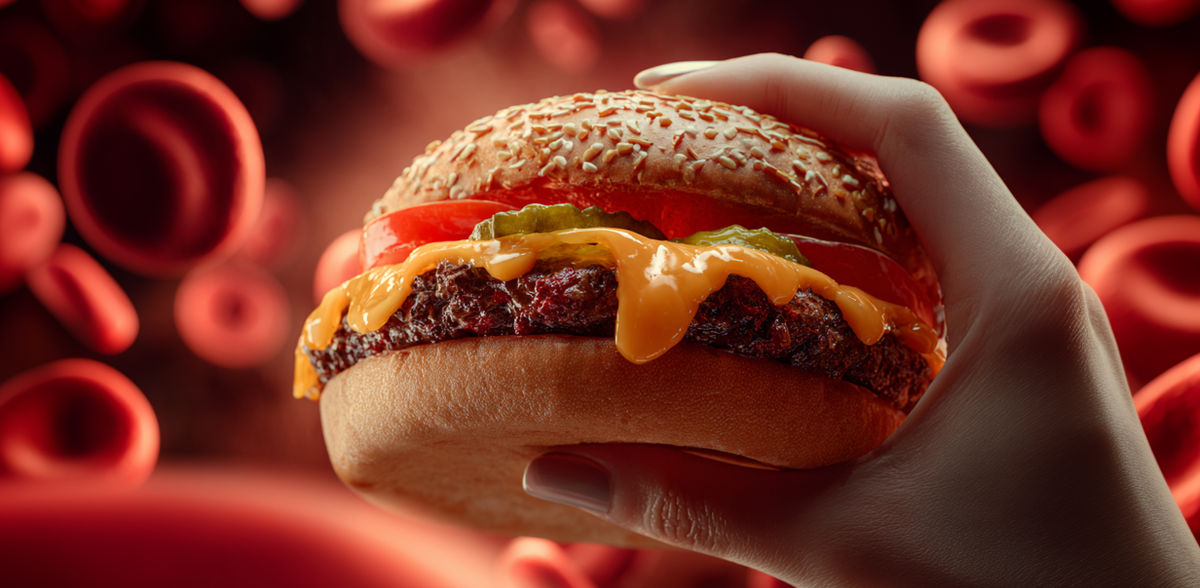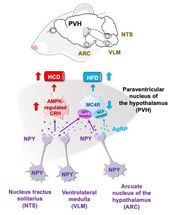Chemical fingerprints reveal fast food consumption
Molecules in blood and urine could reveal how much ultra-processed food you eat
Advertisement
Sets of metabolites found in blood and urine reliably correspond with how much energy from ultra-processed food a person consumes, according to a new study published May 20th in the open-access journal PLOS Medicine by Erikka Loftfield of the National Cancer Institute, USA, and colleagues.
Ultra-processed foods (UPFs) account for more than half of calories consumed in the average American diet, yet their impact on human health remains unclear, in part because it is so difficult to accurately track exactly how many UPFs people eat.
In the new study, researchers analyzed blood and urine samples from 718 older adults, alongside detailed dietary recalls, to identify chemical fingerprints, called poly-metabolite scores, linked to UPF intake.
The study found that hundreds of blood and urine metabolites were associated with the percentage of energy someone consumes from UPFs. A poly-metabolite score corresponding with UPF intake could be created using 28 of the blood metabolites or 33 urine metabolites. This score was predictive of UPF intake among participants using self-reported dietary data. The researchers then validated the scores in a controlled feeding study, confirming the scores could distinguish, within subjects, between high-UPF and no-UPF diets among 20 inpatients at the NIH Clinical Center with high-controlled diets. The scores also significantly differed between a UPF-heavy diet and one without UPFs.
“The identified poly-metabolite scores could serve as objective measures of UPF intake in large population studies to complement or reduce reliance on self-reported dietary data,” the authors say. “Poly-metabolite scores should be evaluated and iteratively improved in populations with diverse diets and a wide range of UPF intake.”
The authors add, “We developed and tested poly-metabolite scores in blood and urine that were predictive of diets high in energy from UPF intake in an observational study of free-living adults and in a highly controlled feeding trial, respectively. These poly-metabolite scores could serve as objective measures of UPF intake in large population studies to complement or reduce reliance on self-reported dietary data. Additionally, these findings could provide novel insight into the role of UPF in human health.”
Original publication
Leila Abar, Eurídice Martínez Steele, Sang Kyu Lee, Lisa Kahle, Steven C. Moore, Eleanor Watts, Caitlin P. O’Connell, Charles E. Matthews, Kirsten A. Herrick, Kevin D. Hall, Lauren E. O’Connor, Neal D. Freedman, Rashmi Sinha, Hyokyoung G. Hong, Erikka Loftfield; "Identification and validation of poly-metabolite scores for diets high in ultra-processed food: An observational study and post-hoc randomized controlled crossover-feeding trial"; PLOS Medicine, Volume 22, 2025-5-20



























































